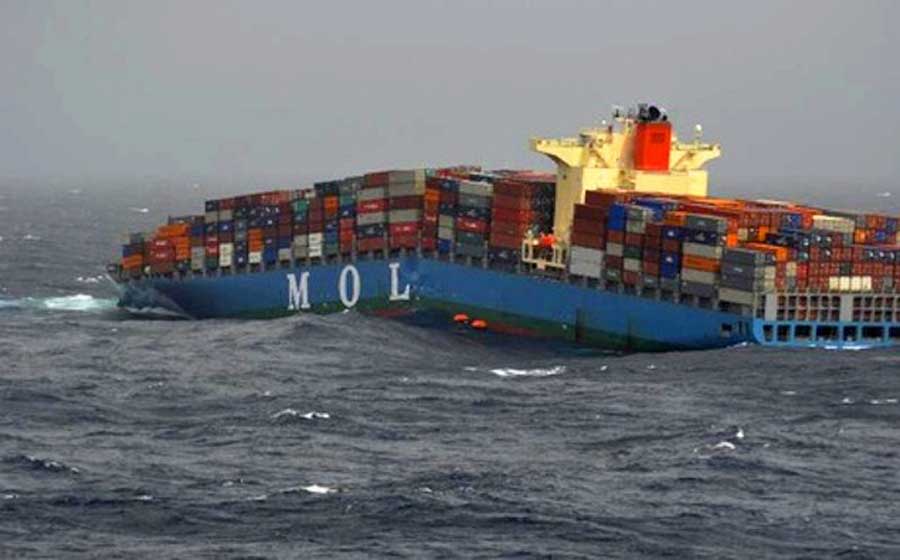A ship at sea is subjected to a number of forces causing the structure to distort. Initially, these may be divided into two categories, as follows:Static forces - Ship floating at rest in still water.Two major forces acting:the weight of the ship acting vertically down buoyancy acting upDynamic forces - due to the motion of the ship and the sea the structural stresses, caused by the above forces, to which the ship structure is subjected may be categorized as:Longitudinal stresses (hogging and sagging) Transverse stresses (racking and the effects of water … [Read more...]
